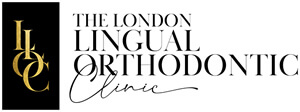Micrographia is an illustrated work and revealed what Hooke was seeing when examining natural life through a microscope. It was also designed to help inspire an understanding of the natural world. You could call it a good example of how science communication worked three and a half centuries ago. The inscription was ‘To the King: The patron of the Royal Society’.
Cell therapy
Hooke was the very first person to use the word cell, having identified that all living beings are made up of cells. Which is what inspired the Royal Society to organise the event “Cells: From Robert Hooke to Cell Therapy” in early October. During the course of this scientific meeting, world-leading researchers will discuss how new approaches to cell therapy are being offered by our increased understanding of the biology of cells.
A rise from obscurity
Despite his revolutionary work and insights, many of us have never heard Hooke’s name. This could be because he fell out with Isaac Newton who became President of the Royal Society and may have obscured Hooke’s reputation. A lot of researchers are of the opinion that Hooke’s place in Scientific History has been overlooked for too long and want to see him achieve the recognition he deserves. In the dental world for example, not to have our magnifying glasses “loupes” and microscopes would be unthinkable.
Until the 23rd of November the Royal Society is hosting an exhibition to celebrate the 350th anniversary of Micrographia. The “Seeing Closer” exhibition can be visited at the Royal Society in London on weekdays between 10am and 5pm.
Three and a half centuries of microscopy
Here, you will be able to find answers related to 350 years of microscopy and realise of what great importance Hooke has been to the world we live in today.













